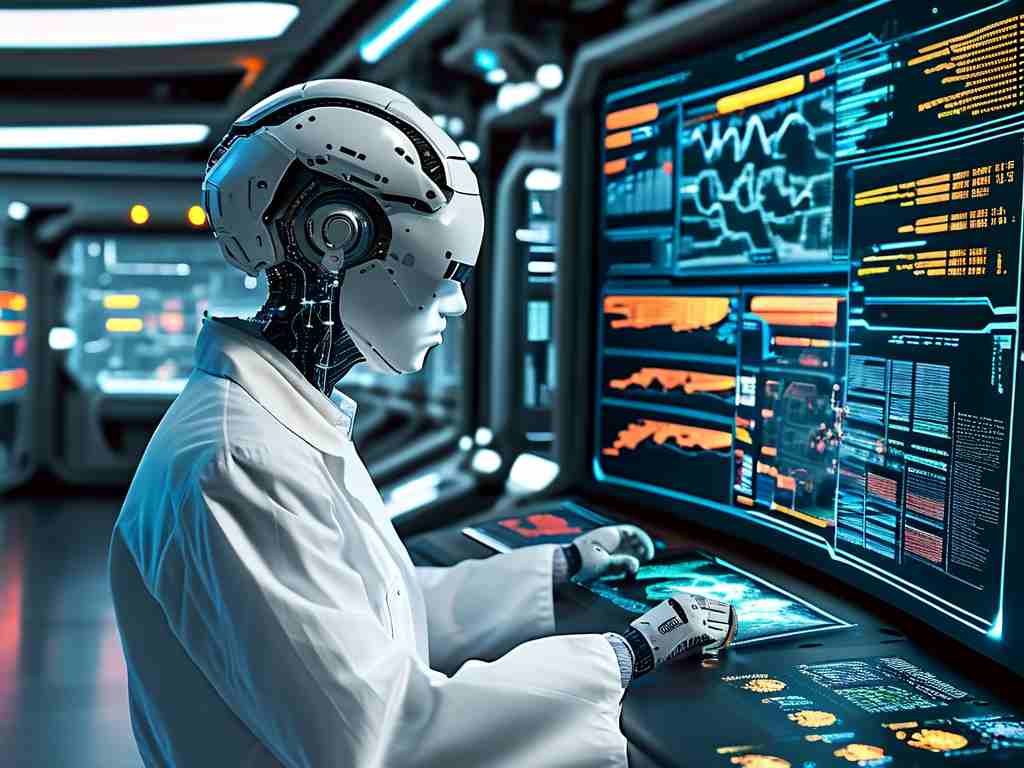Stephen Grossberg, a pioneering figure in cognitive science and artificial intelligence, has revolutionized our understanding of neural networks through his innovative theories. His work, particularly the Adaptive Resonance Theory (ART), provides a robust framework for modeling how the brain learns and recognizes patterns, bridging gaps between biological systems and artificial intelligence. Grossberg's journey began in the 1960s, drawing inspiration from neuroscience to develop computational models that mimic human cognition. Unlike traditional approaches, ART addresses the stability-plasticity dilemma, ensuring that neural networks can adapt to new information without forgetting prior knowledge. This concept emerged from his research at Boston University, where he explored how neurons interact to form stable memories, leading to breakthroughs in machine learning applications today.

The core of Grossberg's contribution lies in ART's architecture, which involves resonant states where input patterns synchronize with stored memories. This mechanism allows for unsupervised learning, enabling networks to self-organize and categorize data efficiently. For instance, in visual perception, ART models simulate how humans identify objects despite variations in lighting or angle, demonstrating superior performance over earlier algorithms. Grossberg emphasized biological plausibility, incorporating feedback loops and competitive learning to prevent catastrophic interference—a common flaw in neural networks. His theories have been validated through extensive simulations and real-world implementations, such as in robotics for object recognition systems. Beyond ART, Grossberg's work on gated dipoles and neural dynamics has influenced fields like psychology, offering insights into attention disorders and decision-making processes.
In practical terms, Grossberg's innovations have shaped modern AI, with ART-based algorithms used in facial recognition software, autonomous vehicles, and medical diagnostics. For example, healthcare applications leverage ART for detecting anomalies in medical images, improving accuracy while reducing false positives. These advancements stem from Grossberg's interdisciplinary approach, blending mathematics, neuroscience, and engineering to create scalable solutions. His legacy extends to cognitive models that predict human behavior, helping researchers understand learning disabilities and develop adaptive educational tools. Despite the rise of deep learning, ART remains relevant for its efficiency in handling noisy data, showcasing Grossberg's foresight in designing resilient systems.
Critics and proponents alike acknowledge Grossberg's impact, as his theories provide a foundation for ongoing AI research, emphasizing ethical considerations like bias mitigation. However, challenges persist, such as scaling ART for massive datasets, which current studies aim to address through hybrid models. Looking ahead, Grossberg's vision inspires innovations in brain-inspired computing, promising more intuitive AI interfaces. His personal dedication to unraveling the mind's mysteries continues to motivate new generations of scientists, ensuring neural networks evolve sustainably. Ultimately, Grossberg's work not only advanced technology but also deepened our appreciation for the human brain, highlighting the synergy between nature and artificial intelligence in shaping a smarter future.

